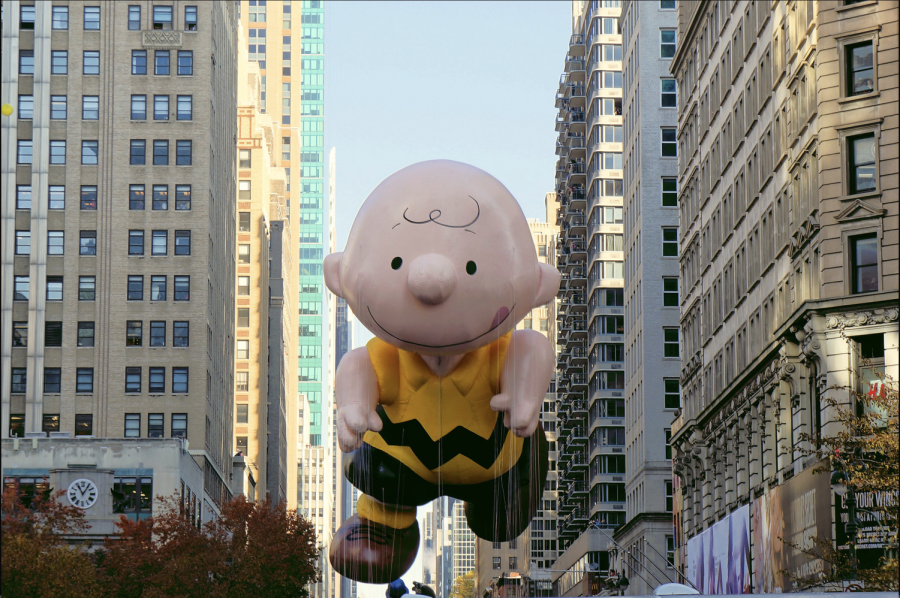 Almost every day a person comes across some sort of non-smoking ad. Whether it is on TV, radio, internet or in a magazine, they’re everywhere.
Almost every day a person comes across some sort of non-smoking ad. Whether it is on TV, radio, internet or in a magazine, they’re everywhere.
Some see them as ineffective, annoying, gross or unnecessary, but in reality they work.
However, years ago these ads had a different purpose.
One of the better-known pro-smoking ads was the Marlboro Country ad which came out in 1998.
This ad was viewed by millions throughout the U.S. It portrayed a rugged man living the classic cowboy life, smoking and effortlessly looking cool.
However, now the reality of smoking is more commonly known and is what ads are depicting today. Movements are taking place to hopefully change the lives of young adults who believe smoking is just as cool as it was in the 50s.
One of the better-known anti-smoking movements is the “The Real Cost” campaign, which has disturbing and impactful ads.
The movement began in February 2014 and uses scare tactics to emphasize the health consequences that go hand-in-hand with long-term smoking, such as premature wrinkles, gum disease and yellow teeth.
“The Real Cost” movement uses strong rhetoric to create an urgency that hopes to end smoking among young adults in the U.S.
They focus on the main consequences of smoking cigarettes, which include health issues and loss of control due to addiction. Each focus has its own set of TV commercials, print ads and radio ads.
One of the commercial ads depicts cigarette chemicals as a “beast” to give people a visualization of what they put into their body when they smoke.
The narrator at the end of the commercial warns, “If cigarettes looked as bad as they actually were you’d run like hell.”
This powerful statement leaves viewers with an almost eerie feeling and alludes to the fact that smokers aren’t aware of the true dangers linked to the chemicals in cigarettes.
Other “Real Cost” ads show exaggerated examples of what will eventually happen after long-term use of tobacco such as wrinkled skin and tooth loss.
Young adults often fear aging, so exposing the damages smoking has on physical appearance could lead to the stop of smoking.
These ads give an insight to how controlling and addictive tobacco products can be. The sense of urgency is definitely felt through this campaign’s multimedia movement.
This isn’t an issue that the FDA wants to figure out in the next decade or so. They want to fix the problem now.
“The Real Cost” is a successful campaign because it tells an exaggerated story about the effects of smoking.
This form of media presentation allows an audience to have an emotional connection to the ads and the such graphic images leaves viewers thinking.
Whether it’s stealing your money, killing you slowly or wasting your time, cigarettes have a nasty effect on an individual’s life.
For viewers who don’t smoke, it is still very effective. These ads have prompted conversations with friends and family who are smokers and brings up the issues that we have in our society.
These graphic commercials also allow more argument for those teens attempting to help their friends.
“The Real Cost” website indicates that in 2000, the percentage of young adults smoking was at 23 percent. Fast forward to now and roughly seven percent of teens smoking cigarettes.
This is an all-time low and shows incredible progress through these last couple years.
If movements like these keep pushing and fighting for change there is a chance to finally end smoking in the United States for good.
Overall, “The Real Cost” movement was successful because it created an urgency and community focus on ending cigarette smoking.
The goal is to end smoking completely, and the current results for teen smoking have greatly decreased in the past three years.
As movements similar to these keep advocating and urging for change, there is a chance to end smoking across the United States for good.











